Keynote speakers:
Aoife Daly (Denmark) “Timber supply for ‘Cogs’, and other topical tree-ring tales”
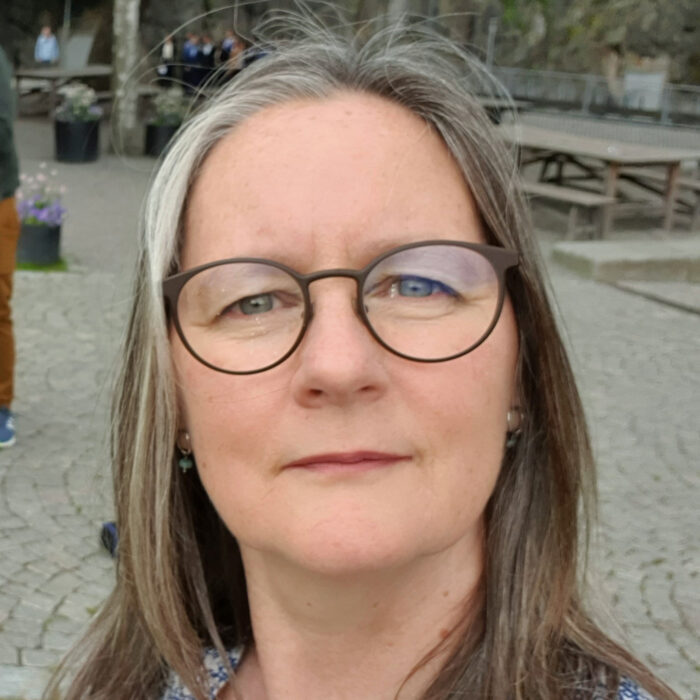
Aoife has worked with dendroarchaeology in Scandinavia since 1997. Navigating between research opportunities and dendrochronology for commercial archaeology, she analyses hugely diverse timber remains from our human past. Her specific research interest is on past timber trade, by identifying the provenance of archaeological and historical timber. She has carried out non-invasive analysis of wood from the Norwegian Viking ship burials, polychrome sculpture, painted panels and ancient books. Most recently, she was PI of a cross-disciplinary ERC Starting Grant Northern Europe’s timber resource – chronology, origin and exploitation (TIMBER) grant no.: 677152. Using archaeological, historical and scientific methods, the trade of timber in Northern Europe, was examined, filling major gaps in our knowledge of past use of this sought-after resource.
Mike Belasus (Germany) “The Research of Medieval Ships in the Shadow of the “Cog” – Academic Traditions versus Interdisciplinary Approaches”
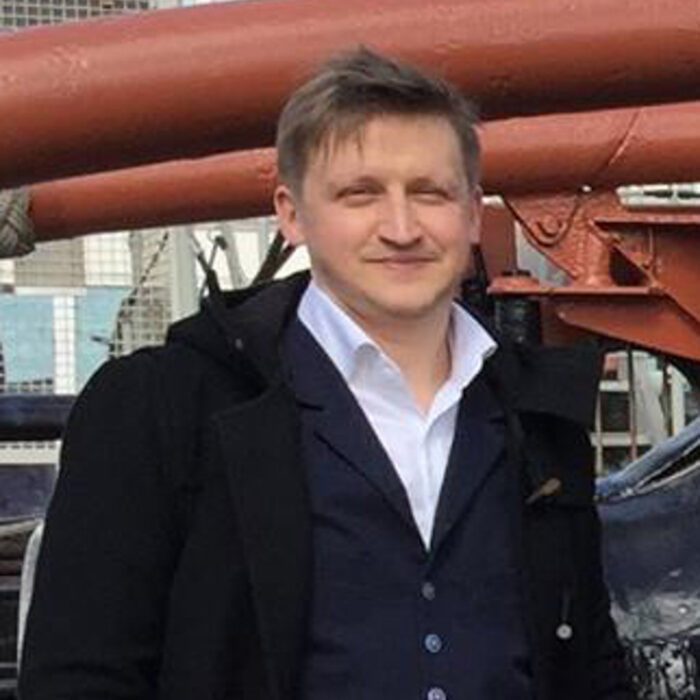
Dr Mike Belasus is archaeologist and has specialized in ship-archaeology. Since 2021 he is employed at the Lower Saxony Institute for Historical Coastal Research in Wilhelmshaven, Germany. From 2018-2021 he was key researcher in the ERC-funded project Timber at the University of Copenhagen where he analysed on timber qualities in medieval shipbuilding.
He studied at the University of Kiel (Germany) and graduated in 2005 with a thesis on a High medieval ship find. In 2015, he received his doctorate from the University of Rostock with a thesis on change and continuation of technical traditions in Early Modern clinker shipbuilding in the Baltic Sea area.
Mike Belasus conducted mayor research on the late Medieval “Bremen-Cog” at the German Maritime Museum in Bremerhaven and contributed to several successful research applications, which allowed him to focus on his major topics: The development of shipbuilding, its influential factors, resource management and social background during the Medieval and Early Modern Periods in Northwest Europe.
Presenters:
Anders Gutehall (Sweden) “The Varberg Cogs, Sweden: Two recently excavated shipwrecks outside the medieval town of Getakärr”
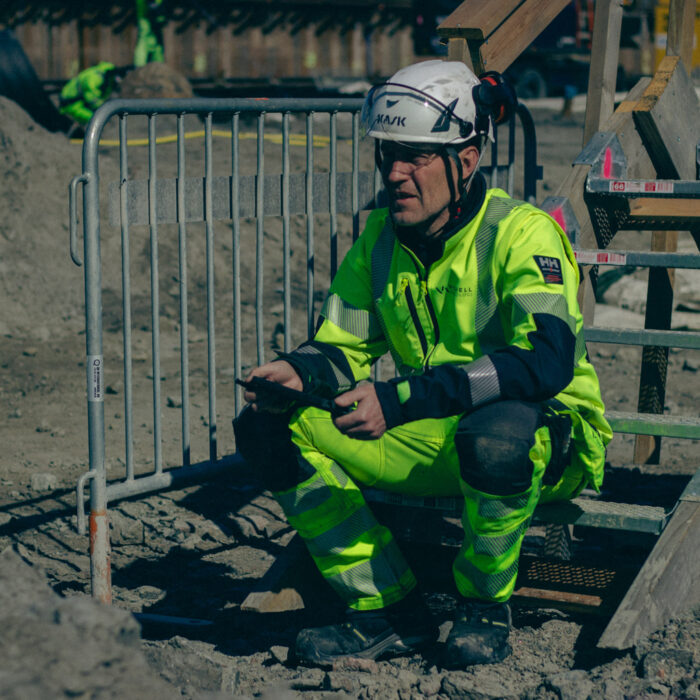
Anders Gutehall works as a maritime archaeologist, illustrator and graphic editor at Visuell Arkeologi. With over 25 years in the archeological field, he specializes in methods and work flows concerning documentation and visualization of shipwrecks.
Riika Tevali (Finland) “A survey of a 16th century trade ship”
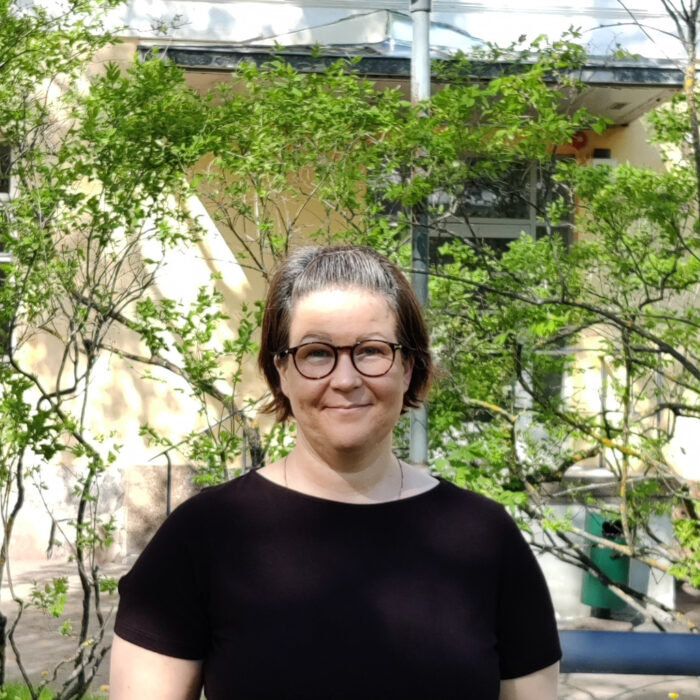
Riikka Tevali is a PhD researcher in Archaeology, University of Helsinki. Her research concentrates on the medieval and early modern networks and connectivity in the Finnish archipelago. She also works as a maritime archaeology consultant and research diver for companies conducting archaeological surveys in Finland.
Kari Hyttinen (Finland) “A survey of a 16th century trade ship”
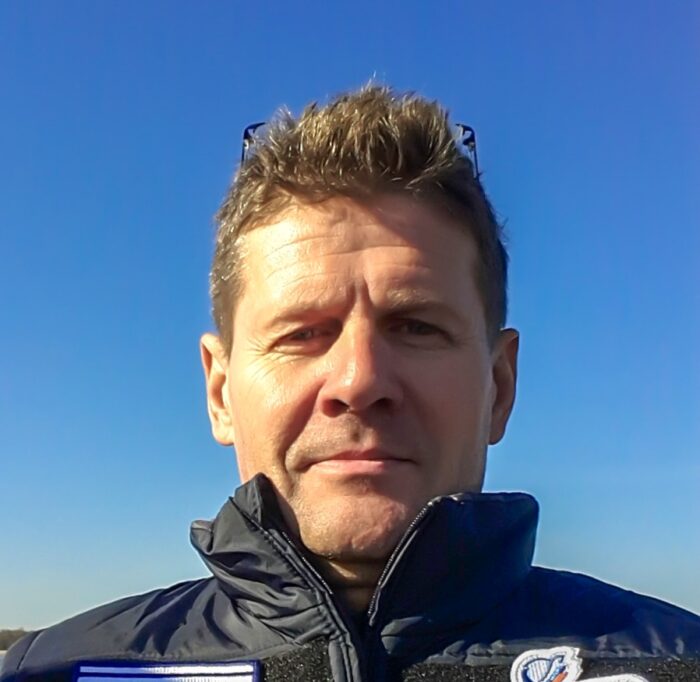
Kari Hyttinen is a technical diver and a MA student at the University of Helsinki. He mostly works on documenting underwater cultural heritage – especially deep wreck sites – with 3D photogrammetry.
Otto Uldum (Denmark) “The Svælget 2 cog”
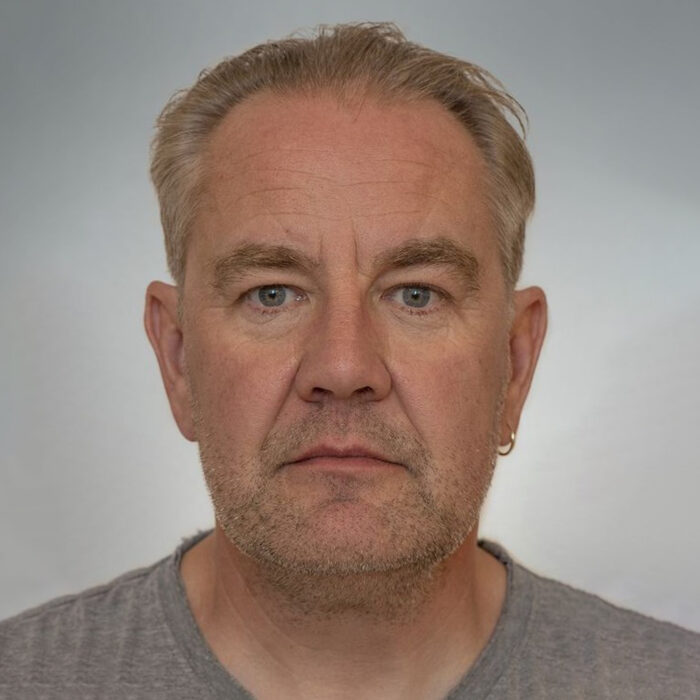
Otto Uldum is a maritime archaeologist, working primarily with developer-led investigations. Institutions include the National Museum of Denmark, Langelands Museum and the Viking Ship Museum. Published work include papers on submerged landscapes and early modern shipbuilding.
Eero Ehanti (Finland) “Smart conservation: what and how are we doing when preserving the Lootsi Cog?”
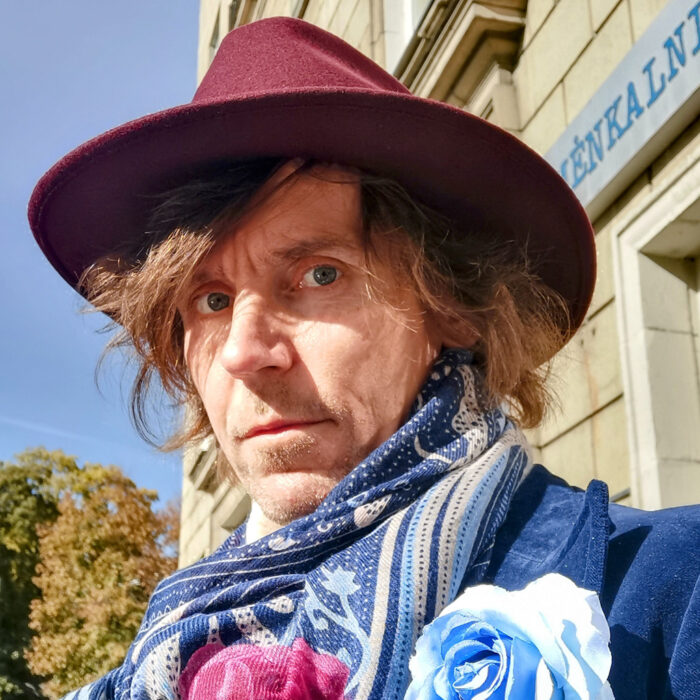
Eero Ehanti has a BA in conservation from Metropolia University of Applied Sciences with a specialization in preserving marine archaeological finds, a MA with a major in Art History from the University of Helsinki and a special degree in museum management from the Management Institute of Finland. Currently he leads the Conservation department at the National Museum of Finland, and is a founding partner of For Our Generation OÜ, which is the company responsible for conservation of the Kadriorg Cog now on display at the Fat Margaret and the Lootsi Cog under treatment at the moment.
After 6 years as the president of ICOM Finland (International Council of Museums), he is now a board member of ICOM Nord regional alliance.
All in all he’s got a long experience in museum subjects, both in practical and management levels, and a strong tendency towards popularizing everything within the cultural heritage scene.
Heikki Häyhä (Finland) “Smart conservation: what and how are we doing when preserving the Lootsi Cog?”

Heikki Häyhä’s background is in conservation. He has a BA in Object conservation from Metropolia, Helsinki, and MA from Gothenburg University.
Häyhä works as a senior lecturer at the Metropolia University of applied sciences, Helsinki, Finland. He has been lecturing and carrying out projects about conservation, collection care and significance of culture heritage in Finland and abroad.
Häyhä has coordinated several EU-projects and been active in the museum field as ICOM-Finland and Finnish Cultural Heritage Foundation board member. His great interest to sailing and boats, their construction and cultural history has led him to many interesting positions on that field.
Alar Läänelaid (Estonia) “Establishing the age of the Lootsi 8 ship from tree rings of planks and frames”

Alar Läänelaid (PhD) is dendrochronologist from the Institute of Ecology and Earth Sciences of the University of Tartu, Estonia. His scientific topics include dendroclimatology, dendroecology and dating of buildings, painting panels and string instruments. He has dated several ships found in Tallinn, among them the mediaeval cog exposed in the Fat Margaret of the Estonian Maritime Museum.
Lisette Reinvars (Estonia) “Ship in pieces – Wreck from Tallinn Old Harbour”
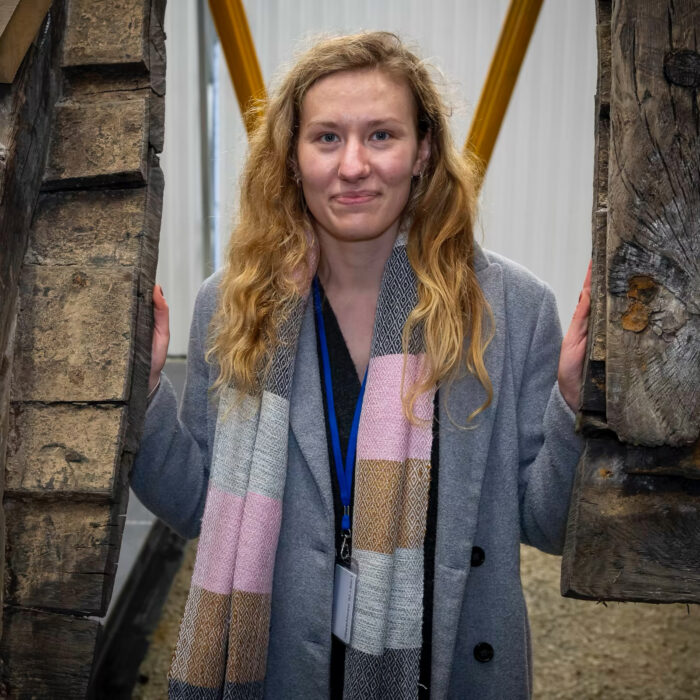
Lisette Reinvars has been working with Lootsi shipwreck since its discovery and has recently defended her BA thesis “Constructional features of Lootsi Street Shipwreck” in University of Tartu. She is currently working as junior researcher in maritime archaeology in Estonian Maritime Museum.
Juhan Kreem (Estonia) “Of Ships and Men: Revalians in the Late 14th Century Shipping”
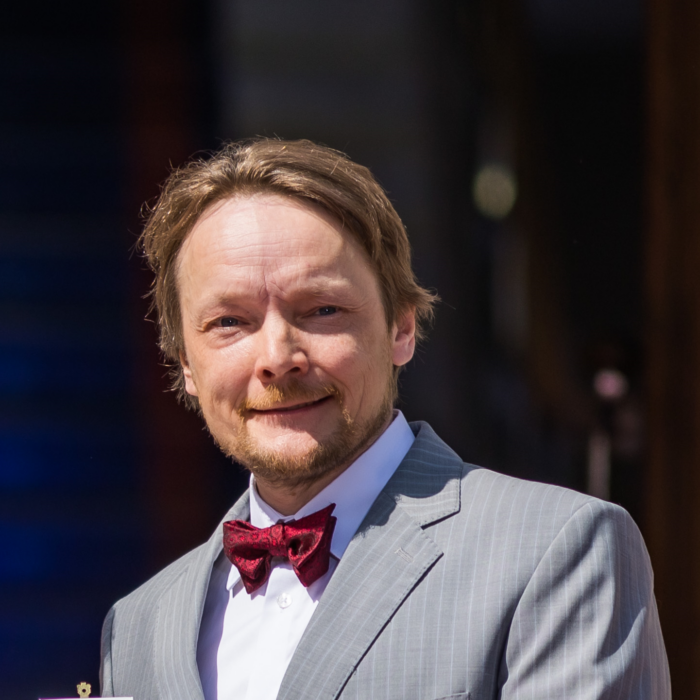
Juhan Kreem is a PhD. Researcher in Tallinn City Archives. Studied History in Tartu University and medieval studies in Central European University. Main research fields have been history of the Teutonic Order and urban History. Publications on maritime history are on the history of cartography, piracy and the port of Tallinn.
Maria Pommer (Estonia) “Conservation of leather shoe from Lootsi Street shipwreck”
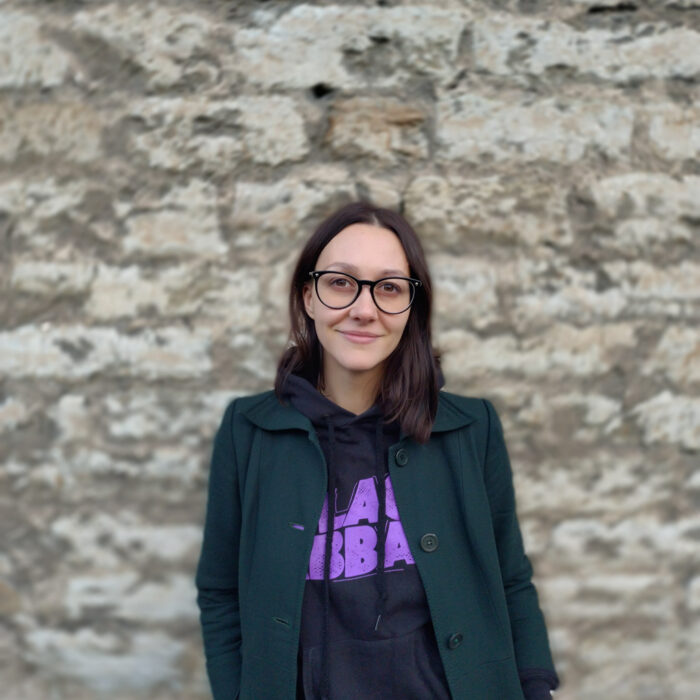
Maria Pommer is a third year BA student of Cultural Heritage and Conservation at Estonian Academy of Arts. Her interest is conservation of archaeological materials. She had an opportunity to help with work on Lootsi Street shipwreck and with conservation of leather materials recovered from the site. She is writing her BA thesis based on the archaeological materials from the shipwreck.
Jeppe Færch-Jensen (Denmark) “Four shipwreks from Køge”
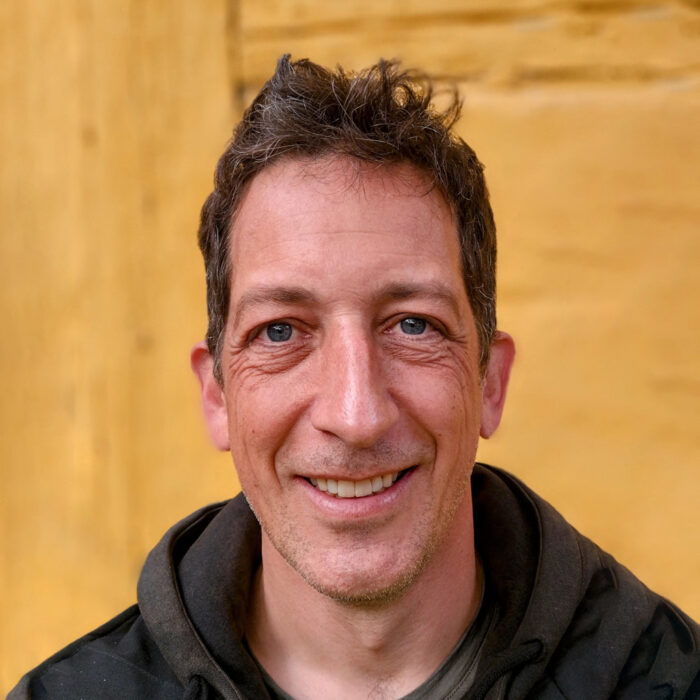
Jeppe Færch-Jensen is an archaeologist, working in Museum Southeast Denmark, covering southern and eastern part of Zealand, Denmark.
He has special interest in digital documentation and 3D techniques.
Although educated in Danish and Scandinavian prehistory, most of his career has centered on the medieval and rennaissance archaeology in the city of Køge, hence including wreck finds in the former harbour area.
Sanna Siltanen (Finland) “The Medieval Lapuri Wreck and Construction of the Replica Sotka – over 20 Years of Sailing”

Siltanen holds an MSc degree (from Tampere University) in materials science. She developed fascination for underwater archaeology a decade ago when she started diving. Actively engaged in volunteer and citizen science, Siltanen serves as a board member in the Finnish Maritime Archaeological Society (MAS) and the Finnish Divers Association (FDF). She recently got a recommendation from the Finnish Heritage Agency (FHA) for volunteer work on the underwater cultural heritage. Siltanen is part of different teams which create learning materials for divers (FDF) and develop the processess between divers and professionals (MAS, FHA). Passion for history re-enactment gives viewpoints to experimental achaeology which she’ll cover in her conference presentation.
Yann Irissou (Finland) “Citizen science in search of ancient shipwrecks”
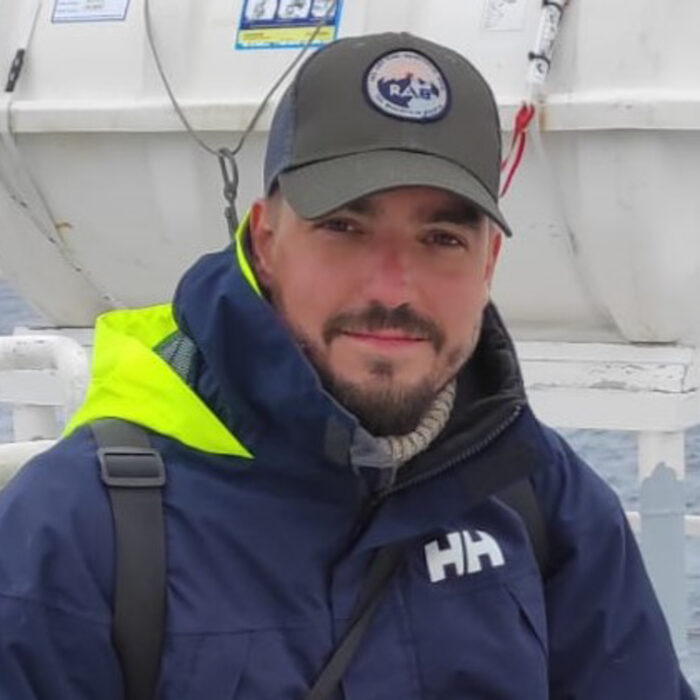
Yann Irissou is a researcher and a Maritime Archaeologist in the Finnish Heritage Agency under the direction of Ministry of Education and Culture. As a member of Finnish Maritime Archaeology society Yann also operates within the field of citizen science. His research specializes in Late Iron Age maritime cultural landscape of Baltic Sea currently focusing on the regions of the Åland Islands and the Archipelago Sea.
Krista Sarv (Estonia) “The medieval merchant chest from the Bay of Tallinn”

Krista Sarv on lõpetanud Tartu ülikooli ajaloo eriala arheoloogina. Töötanud erasektoris arheoloogina ja Eesti ajaloomuuseumis koguhoidja, teadur-kuraatorina ning praegu teadusdirektorina. Tema peamiseks uurimisteemaks on keskaegsed nahkesemed kui ajaloo allikad. Krista sarv on avaldanud mitmeid artikleid, koostanud ajalooteemalisi näituseid ning lugenud Tallinna ja Tartu ülikoolides ning Eesti Kunstiakadeemias loenguid.
Amandine Colson (Germany) “The long-term preservation of archaeological ships in museums – 3D Monitoring of the Bremen Cog”
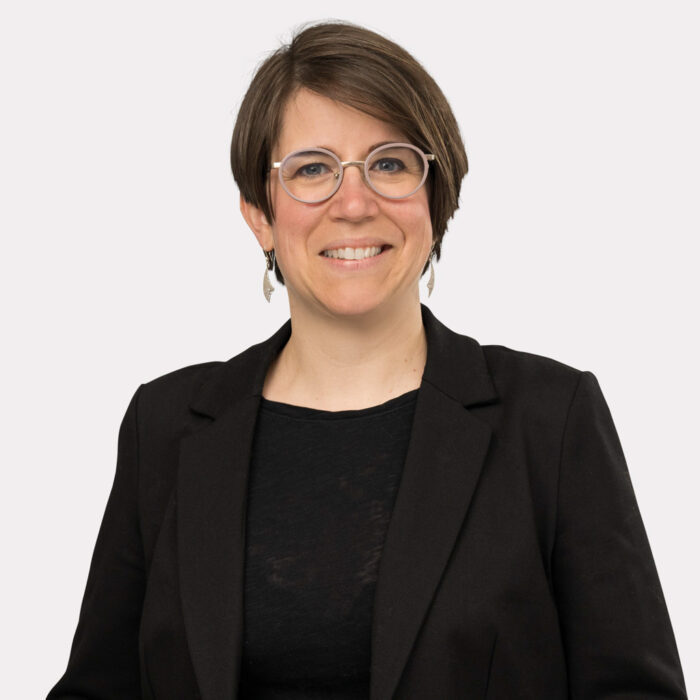
Dr. Amandine Colson is a conservator of archaeological objects. She first specialized in artefact from underwater cultural heritage, working for the underwater archaeology department of the French ministry of culture and for the State Authority of Schleswig-Holstein, Germany. Later on, Amandine worked for the German National Maritime Museum, where she was responsible for preventive conservation and initiated the deformation monitoring project of the Bremen Cog, which became the focus of her doctoral research. She successfully defended her doctoral thesis in November 2021 in Bamberg University. Since 2019, she is leading the conservation department of the company Denkmal3D.
Priit Lätti (Estonia) “Ship in pieces – Wreck from Tallinn Old Harbour”
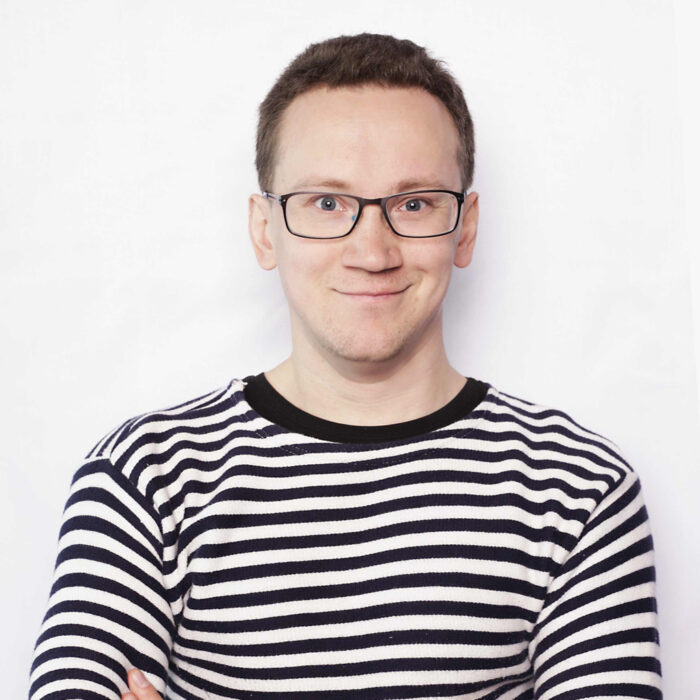
Priit Lätti has studied archaeology and history at the University of Tartu and is a doctoral student at Tallinn University. His main area of research is maritime material culture in urban environment, currently he is involved mostly with the research concerning the Lootsi wreck. Priit has worked at the Maritime Museum for 10 years and has curated exhibitions and Carried out fieldworks at sea and on coastal areas.
Wouter Waldus (Netherlands) “‘Waterships’ and cog-like cargo vessels, some thoughts on the origin of Late Medieval shipbuilding in the Netherlands”
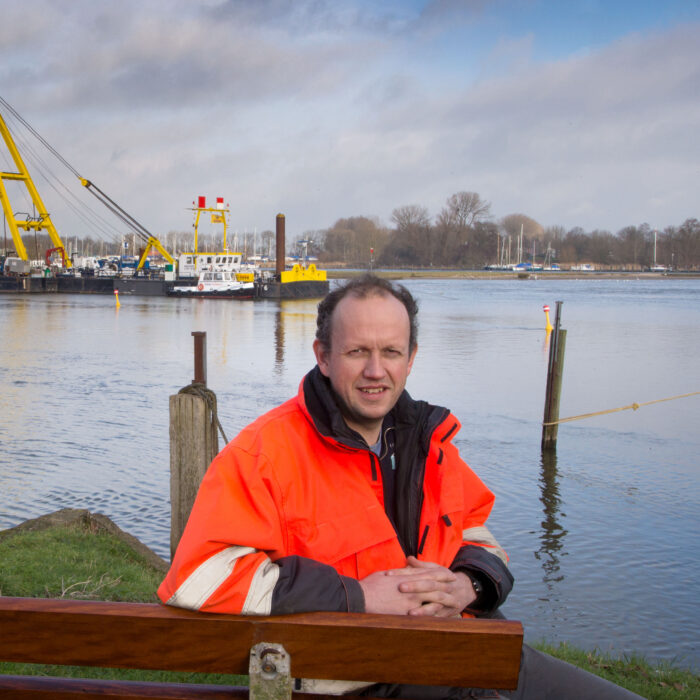
Dr. W.B. Waldus is maritime archaeologist at the State’s Service for Cultural Heritage of the Netherlands. He has more than 20 years of experience in nautical archaeology, both on land and underwater. Current projects are the coordination of the nautical archaeological fieldschool in the Zuyderzee area and a survey for maritime remains of the Dutch revolt (1568-1648).